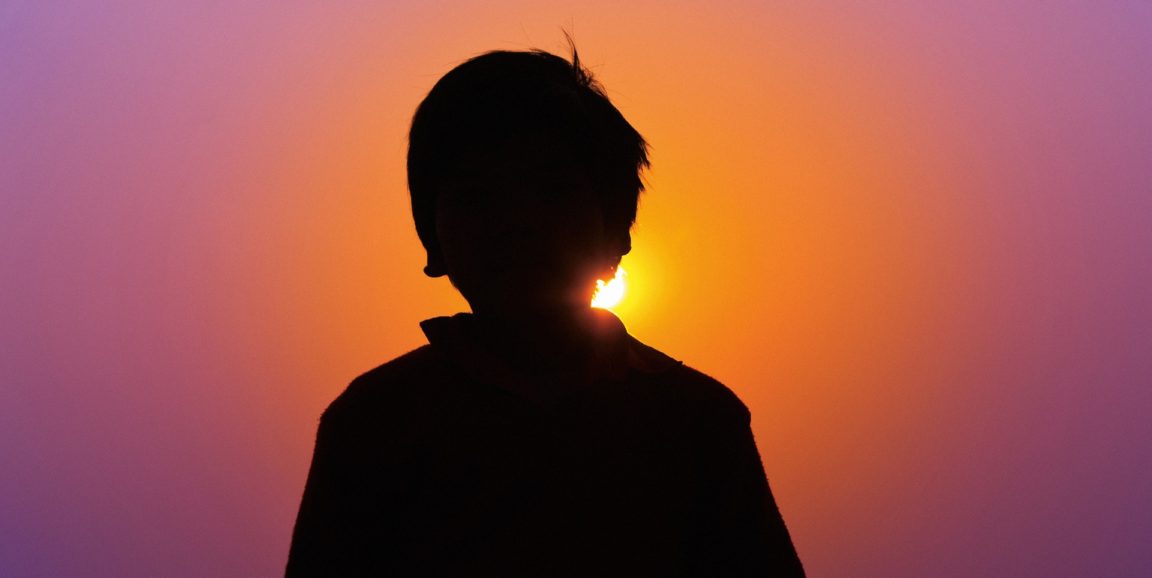For anyone who thinks that the problem of global climate change is too big or distant or not relevant to their life, former Environmental Protection Agency Administrator Gina McCarthy has this to say: "If you're wondering who the face of climate change is, it's not a polar bear, it's my grandson."
McCarthy, who now co-directs C-CHANGE (Center for Climate, Health and the Global Environment) at the T.H. Chan School of Public Health at Harvard, became a first-time grandmother three weeks ago. She and Stanford's Kari Nadeau, MD, PhD, director of the Sean N. Parker Center for Allergy and Asthma Research and Michele Barry, MD, dean of global health, teamed up to talk about kids' health at the Global Climate Action Summit, the four-day event held recently in San Francisco to help state and local governments, business, universities and individuals focus on solutions.
The three women joined forces to make climate change personal, local, and relevant. And, equally important, they want everyone to understand that the problems created by climate change can be addressed.
"We can all be instruments of change," Nadeau said, explaining how a community she works with in Fresno recognized that the school buses their children rode each day were contributing to a high incidence of asthma. Together, community members and the school district worked together to change the technology to reduce diesel emissions. The result? A dramatic decrease in the incidence in asthma in their kids.
Nadeau, Barry and McCarthy focused their discussion on kids to emphasize what's at stake.
"Children bear the brunt of this," Barry said. "Eighty-eight percent of the global burden of disease attributable to climate change falls on children under five. And we can't think about just us or just our kids -- we live in a globalized world."
Because children spend more time outside and their immune systems are still developing -- and as anyone who's spent time with a toddler knows, they put all kinds of things in their mouths -- children are the most vulnerable to the effects of a warming world.
The panel discussion, which was livestreamed, included experts in infectious disease, traumatic stress, food systems and epidemiology.
Yvonne Maldonado, MD, a Stanford specialist in pediatric infectious disease, discussed how insects spread disease and how mosquitos are, pound-for-pound, the deadliest creatures on the planet. In a warming climate, they could spread diseases like malaria, chikungunya and dengue to larger geographic areas, she emphasized.
David Lobell, PhD, with the Stanford Center on Food Security and the Environment, explained the key risks to our food supply in a changing climate include a decline in calorie availability and access, as well as a decline in nutritional quality of foods.
Other panelists discussed the effects of stress on kids, the importance of data and how harm to women's health can translate into health problems for their children.
The climate change factors affecting children's health are clearly interrelated, and complex, the speakers said.
"There are multiple epidemics in children," said Aaron Bernstein, MD, a pediatric hospitalist at Boston Children's Hospital and the C-CHANGE co-director, referring to obesity, asthma, allergies and other diseases. "If I were going to write a prescription to fix all of them, I'd write a prescription to fix climate change."
Photo by Devanath




